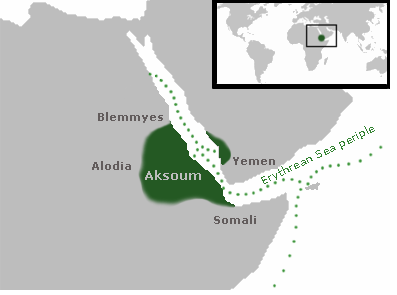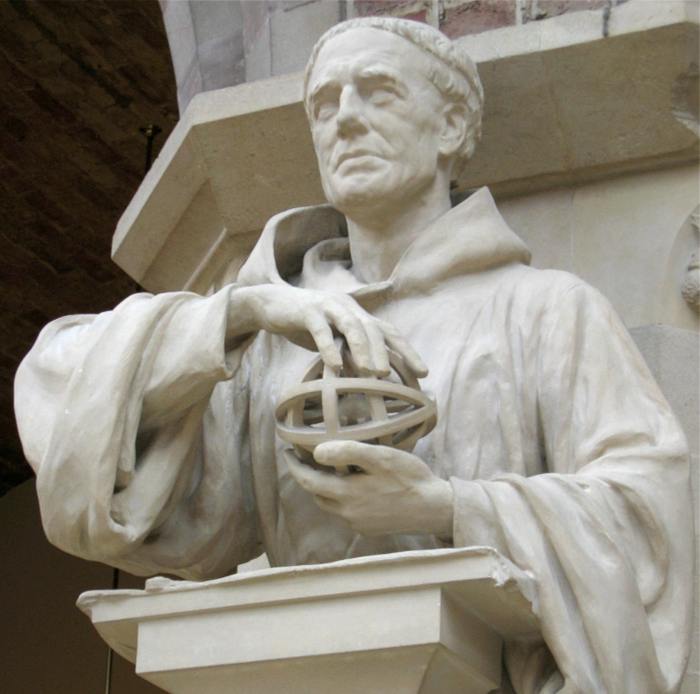The Songhay Empire (also spelled Songhai) was an empire located in western Africa around the Niger River basin and extending west to the Atlantic coast. The Songhai state originally rose from a city in the Mail Empire called Gao c. 1000 CE. It expanded from the small settlement in Gao to a much larger empire starting with the first emperor Sonni Ali (reigned from 1464 to 1493). This continued until the Songhai Empire was eventually destroyed by Morocco in 1591.
Songhai's economy was based on a clan system, meaning whatever clan a person belonged to dictated their job in society. Gold fields were essential to the economy, and economic trade in the empire was helped by the standing armies stationed in provinces. Merchants were called julla and would form partnerships, and the state would provide protection for these merchants and the port cities of the Niger. The kingdom was also known for its production of practical crafts as well as religious artifacts. Gao, Timbuktu and Djenne are the three main cultural and economic centers in the empire.
As one of the largest Islamic empires in history, most upper class peoples were Islamic converts while lower class people often stuck to their traditional indigenous religions. Sermons emphasized obedience to the king, and church and state was not seperated in various other ways.
The spoken Songhai language is distinctive in that it is a tonal language, meaning that it incorporates using different pitches to make different grammatical meanings in words.
Some artistic developments of the Songhai include the crafting of blankets and mats. Blankets were typically made of cotton and mats of palm fronds (picture to the right). Other artistic developments include brass and bronze handicrafts and clay pottery.
SOURCES:
http://www.ehow.com/info_8745353_ancient-songhai-crafts.html
http://www.bbc.co.uk/worldservice/specials/1624_story_of_africa/page83.shtml
Strayer textbook, pg. 349 & 586
Pictures taken from Wikipedia
Roger Bacon
Monday, November 19, 2012
Sunday, October 7, 2012
The Aksum Empire: An Overview
 The Aksum Empire (alternately spelled Axum) was a civilization that existed in in northeastern Africa in what is now Ehtiopia and Eritera. Though its existence spans from approximately 100-940 CE, this blog will focus on its first 300 years of history. Below is a basic outline of the civilization's highlights.
The Aksum Empire (alternately spelled Axum) was a civilization that existed in in northeastern Africa in what is now Ehtiopia and Eritera. Though its existence spans from approximately 100-940 CE, this blog will focus on its first 300 years of history. Below is a basic outline of the civilization's highlights.The Aksum Empire was located in northeastern Africa in what is present-day Ethiopia and Eritrea in a plateau area. The Red Sea to the north and the Blue Nile and Lake Tana are nearby water sources. This allowed the civilization to participate in commerce via the Indian Ocean. The land was also much more fertile then than it is now, which allowed wheat and barley to be among their principle crops.
The government was in the form of monarchy, and at its height extended across most of present-day Eritrea, Ethiopia, Western Yemen, southern Saudi Arabia and Sudan. Aksum was a hierarchical society with the king at the top, then nobles, and the general population at the bottom.
The empire originally practiced a polytheistic religion which Attar (or Astar) was the primary god worshiped. Through its trade connections to the Roman world, Christianity found its way to the empire and monarch King Ezana adopted it as the religion of Aksum. This change is also evident in their coinage, in which they replaced the former design of a disc and crescent with the cross.
The capital city of Axum was the center of royal patronage to the arts. In this city were 100-foot tall stone obelisks which most likely marked royal graves. These structures were at the time the tallest structures in the world made from a single piece of rock.
Aksum's location made it an economically important location during its time. It linked trade between India and the Mediterranean, exporting ivory, tortoise shell, gold and emeralds, and importing silk and spices.
Among one of the Aksum's developments included a system of coinage, the first native currency issued in Africa without direct control by an outside culture such as the Romans.This was significant because it proclaimed that the empire considered itself equal to its neighbors. Gold, silver and bronze coins were minted. Another development was their written alphabet galled Geez. With its origins from a script derived from South Arabia, it was eventually modified to include vowels.
SOURCES:
Strayer textbook, pg. 286-288http://www.newworldencyclopedia.org/entry/Axum
http://www.britishmuseum.org/pdf/KingdomOfAksum_TeachersNotes.pdf
Greetings from Roger Bacon!
Hello there! My name is Roger Bacon, a name you may recognize from the high school named after me. I was an English philosopher and Franciscan friar, notable for being among the earliest European advocates for the modern scientific method. I was born sometime around 1213-1214 CE in Somerset, England and studied at Oxford University. Afterward I began lecturing at universities in Paris, which was then the center of intellectual life in Europe. Around 1256 I became a friar in the Franciscan Order of the Roman Catholic church. Because of this, I could no longer hold a teaching position, but I managed to work around this restriction through my acquaintance with Pope Clement IV. He issued an order for me to write about the place of philosophy within religion. I sent him Opus Majus, my most famed work, which presented my views on how sciences could be incorporated into theology. Sometime after the pope died in 1268 I was imprisoned for heresy, and upon my release I continued my studies until my eventual death around 1294. I look forward to providing you with more information in the near future!
Subscribe to:
Comments (Atom)

